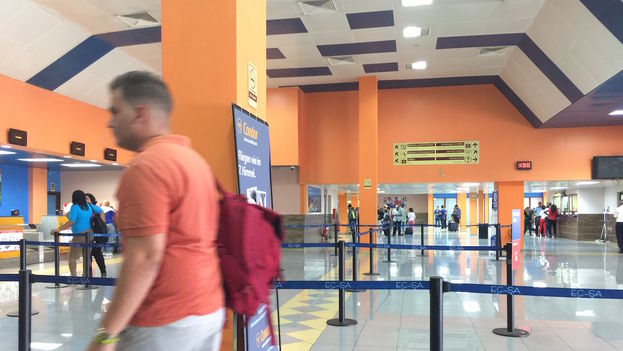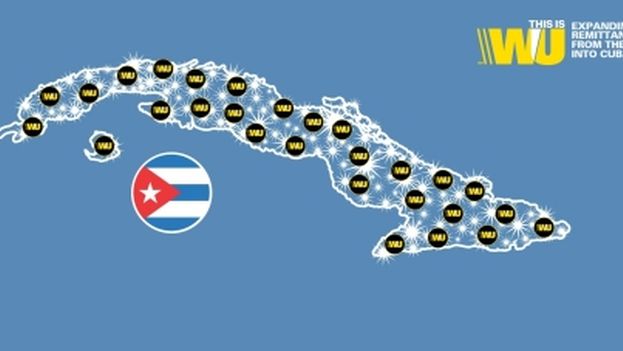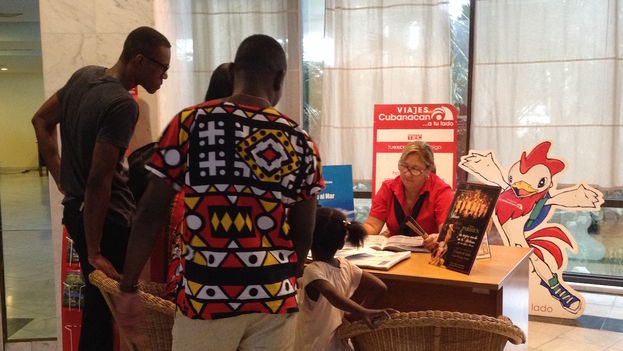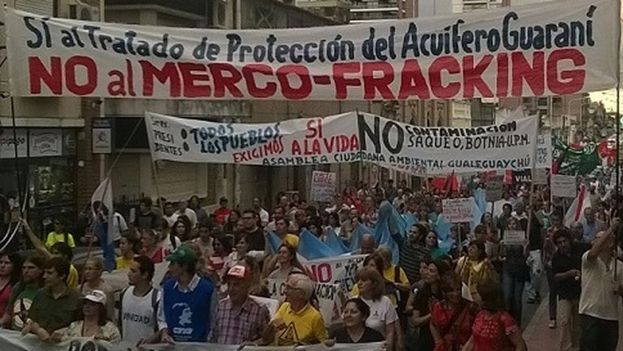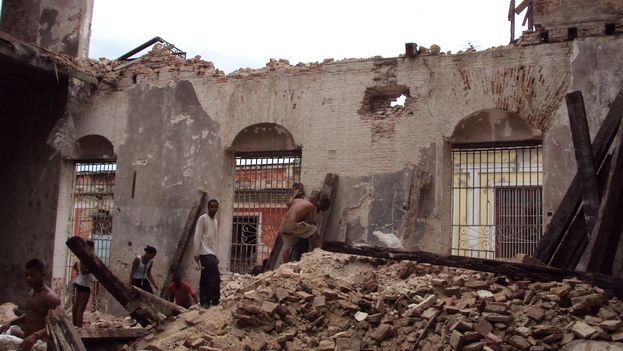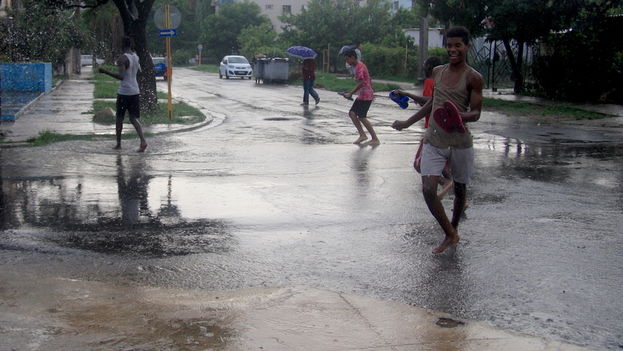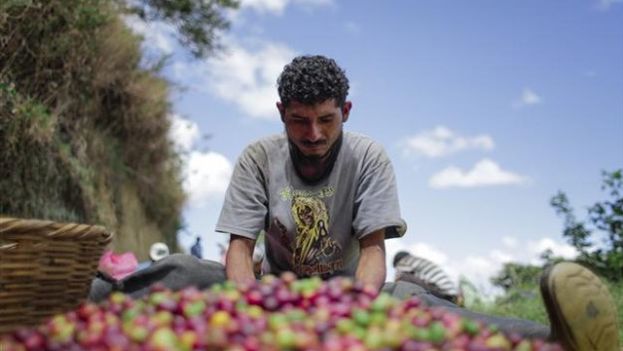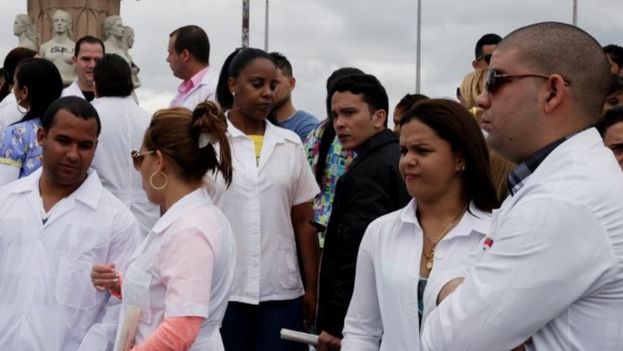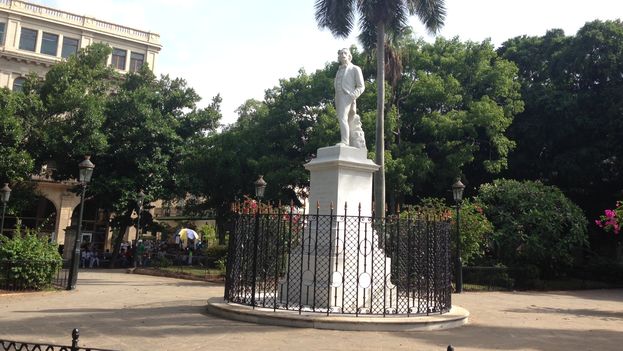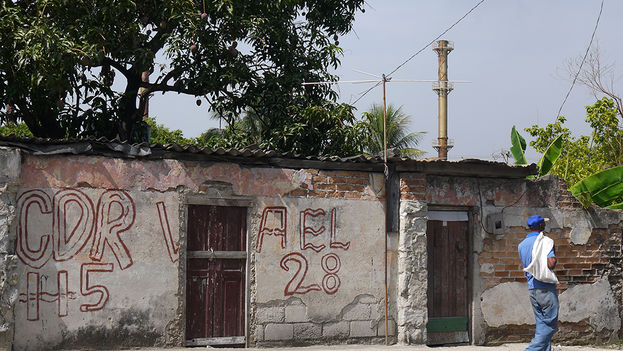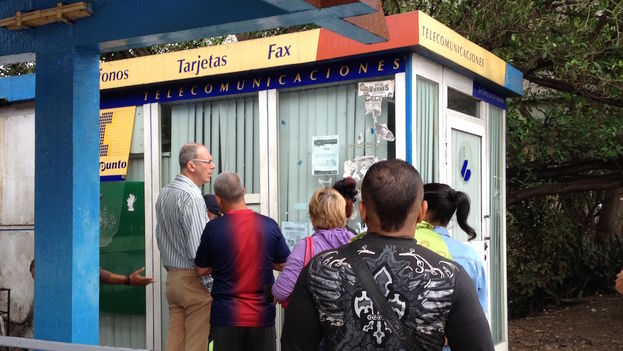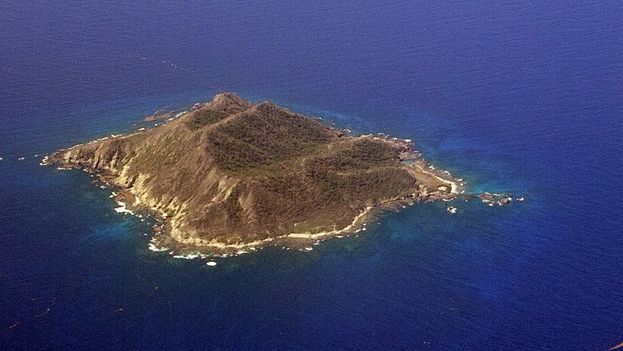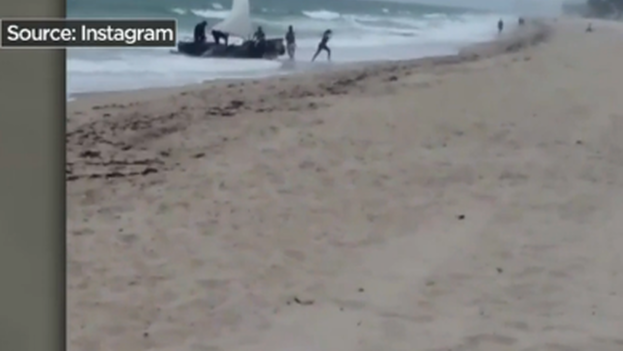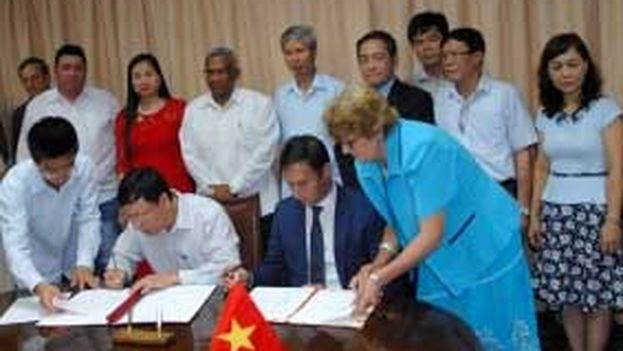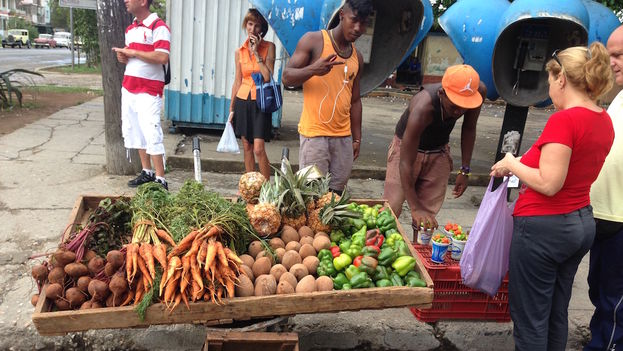
![]() 14ymedio, Mario J. Penton/Caridad Cruz, Miami/Cienfuegos, 24 June 2016 – Like every morning, Maria Elena and Enrique go out to sell vegetables, tubers and fruits in the streets of Cienfuegos. At temperatures of more than 86 degrees and with a sun that “cracks stones,” they travel the city carrying their products house to house and earning their bread, literally by the sweat of their brows. They are part of the more than 12,600 self-employed legally registered in the offices of the National Office of Tax Administration (ONAT) in the province, a not inconsiderable number for the officials of the Cuba Workers Central Union (CTC) which has seen in these “workers” an opportunity to increase their ranks.
14ymedio, Mario J. Penton/Caridad Cruz, Miami/Cienfuegos, 24 June 2016 – Like every morning, Maria Elena and Enrique go out to sell vegetables, tubers and fruits in the streets of Cienfuegos. At temperatures of more than 86 degrees and with a sun that “cracks stones,” they travel the city carrying their products house to house and earning their bread, literally by the sweat of their brows. They are part of the more than 12,600 self-employed legally registered in the offices of the National Office of Tax Administration (ONAT) in the province, a not inconsiderable number for the officials of the Cuba Workers Central Union (CTC) which has seen in these “workers” an opportunity to increase their ranks.
Cuba has a unionization rate of almost 96%. According to official statistics, more than three million workers belong to18 unions that are grouped under the umbrella of the Cuban Workers Central Union, which functions as a conveyor belt for the Communist Party’s “instructions.” continue reading
“Our work day begins at five in the morning. At that hour we have to go wait for the truck that brings the merchandise from the towns. Those who transport the products are the ones who negotiate the price with the farmer, and we negotiate with them. Sometimes people don’t understand the high prices, but it’s because everyone needs to eat,” says Maria Elena.
The self-employed woman is 53-years-old and her son is 19. They have chosen this way of earning a living because, as they say, “working for the State does not provide.”
“Sometimes the inspectors come and fine us because we are stopped in a place. Of course, you can always resolve it with some little gift: some cucumbers, a pound of tomatoes…everyone has needs,” she says.
CTC leaders have found in these problems the breeding ground for promoting membership.
“The street vendors have basic problems with the inspectors. The advantage of belonging to the union is that if they unfairly fine you, the workers can come to our offices and have the situation analyzed. If they show that the sanction has been unjust, we can intervene for its dismissal. Belonging to the CTC, you are protected,” says a union member who prefers to not give his name.
According to the vendors, the union have been inviting them for months to become part of the Agricultural Workers Union. “We don’t understand why, but it seems that they want everyone to be unionized,” says Enrique, who also says that, “it does not solve anything for the people.”
Several leaders of the CTC consulted by this daily said that more than 80% of the self-employed people in this area are enrolled in some union.
Union dues vary between two and eight pesos according to the worker’s earnings, although the majority of self-employed pay the minimum. The members also have to pay “My contribution to the homeland,” an update of the concept of “día de haber” – the “voluntary donation of a day’s wages to the Territorial Military Troops, to be spent to acquire weapons for the “defense of the homeland.”*
“People are not much interested in unionization, they do it simply so that they don’t get screwed by them,” explains Roberto, a man self-employed as a scissors and nail clippers sharpener.
“Sometimes they fine us just for the fact of remaining a long time in the same place selling. What happens is that these days there is so much sun that we have to take refuge under a shrub for a while in order to sell, and there the inspectors fall on you. Since our license is issued for mobile vendors, we cannot spend too much time in the same place,” says Enrique, who believes that the self-employed workers are the most vulnerable.
“You can be fined about 700 pesos for selling too much on one corner. But what’s a reasonable time that you can be in that place is not noted on any official document, it is at the complete discretion of the inspectors who take advantage of any reason to impose a sanction,” he says.
Although the Government promotes its organizations by all means, barely 48% of membership attends union meetings in Cienfuegos, as recognized by the official press. Independent union organizations exist in the country, like the Cuban Independent Union Coalition, heavily harassed by State Security. However, none of the self-employed consulted for this report say they are familiar with them.
The southern city’s statistics reveal what is a fact at the national level. After some first months in which the self-employed were left alone, the CTC encouraged carrying out “political work” in order to make them enter the ranks of the organization. According to their numbers, more than 400,000 “self-employed workers,” of the 500,000 registered in the country, belong to the official organization. For the moment, the creation of a union just for the self-employed continues to be a project “under study.”
“There is no other option, in the end we will have to join like everyone else, so that they don’t classify us as disaffected and rain more blows on us. We have to keep fighting, because we have to resolve it,” say the self-employed who prepare to end their day at eight at night, counting their meager earnings.
*Translator’s note: The so-called “día de haber” was initiated by Fidel Castro in 1981, requiring workers to “donate” a days wages to the military. The program was later renamed “día de la Patria,” meaning ‘One Day’s Work’ for the Homeland. The custom (and name) goes back to the Cuban independence struggle of the 1800s.
Translated by Mary Lou Keel

